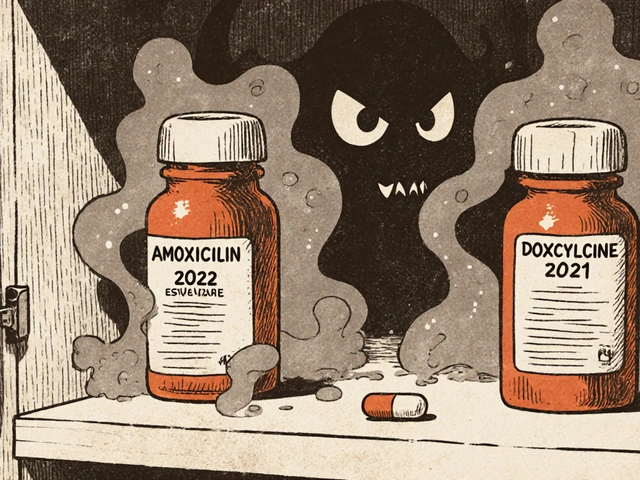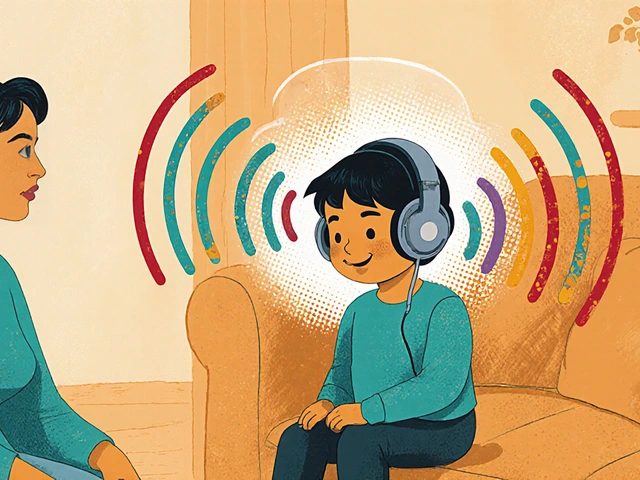Side effects: how to spot them and what to do
Here's a fact that surprises people: most side effects show up in the first few days to weeks, but some can appear months later. That timing matters because it changes what you check and when you call your doctor. You don't need to panic at every odd symptom, but you do need a plan.
Common patterns to notice
Side effects fall into a few clear patterns. Some are predictable and mild — nausea, dizziness, dry mouth — and often fade as your body adjusts. Others affect lab values: diuretics like Lasix may change electrolytes, so your doctor will order blood tests. Some are allergic or immune reactions: rash, swelling, or breathing trouble require immediate care. Then there are drug interactions — for example, certain citrus fruits can affect how drugs break down, and some antibiotics or antidepressants increase risk when combined with other medicines.
Timing, severity, and whether the symptom matches what’s listed on the drug sheet help you decide next steps. If the leaflet says ‘common’ and the effect is mild, monitor it. If it’s sudden, severe, or matches a red-flag (trouble breathing, fainting, sudden chest pain, high fever, severe rash), seek emergency care.
What to do right now
First, read the patient leaflet that comes with the medicine — it lists the usual side effects and serious warnings. Second, make a simple list of everything you take: prescriptions, OTC drugs, supplements, and even grapefruit or herbal teas. Keep that list on your phone and share it with any clinician or pharmacist.
Third, check interactions. Online tools can help but ask a pharmacist for anything that looks risky. For some drugs, a small interaction can become serious fast — like combining certain antibiotics or using epinephrine inhalers if you have heart disease. Fourth, track symptoms: what started when, how long it lasts, and whether anything makes it better or worse. Short notes help your provider diagnose the problem faster.
If a lab test is recommended, do it. Some side effects only show up on bloodwork or scans, not as obvious symptoms. If your doctor suggests stopping a drug, follow their plan — some medicines need to be tapered off safely.
Finally, report what you experienced. Your clinician or pharmacist can file a report with regulatory agencies, which helps everyone. If you’re unsure, call your clinic or a pharmacist and describe the symptom and timing. That one call can prevent a small issue from becoming serious.
Use the articles on this tag to learn specifics — from diuretics and blood pressure meds to antibiotics and OTC inhalers — but always treat advice as general: get personal guidance from a clinician when it matters. Start by checking the leaflet and making that medication list today.

Lemon Verbena Benefits: Evidence, Dosage, Safety, and Smart Ways to Use It
Curious about lemon verbena? See science-backed benefits, ideal doses, safety, and easy ways to use the herb as tea or capsules for sleep, stress, and recovery.
Read More
Iverheal: Uses, Safety, Dosage, and Real-World Facts
Get real facts about Iverheal, its uses, effectiveness, side effects, and what real users should know before taking it. Honest, clear info, no sugarcoating.
Read More
Bicalutamide and Sexual Function: Managing Side Effects
In my latest blog post, I discuss Bicalutamide, a common treatment for prostate cancer, and its impact on sexual function. Many patients experience side effects such as erectile dysfunction and decreased libido, which can be quite distressing. I explore various strategies for managing these side effects, including medications, lifestyle changes, and counseling. Communication and support from partners can play a crucial role in addressing these issues. Don't miss this important discussion on maintaining sexual well-being while undergoing cancer treatment!
Read More




